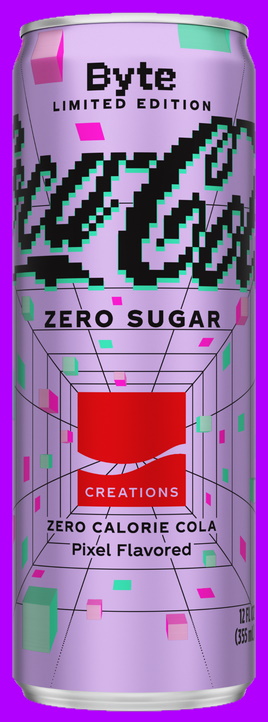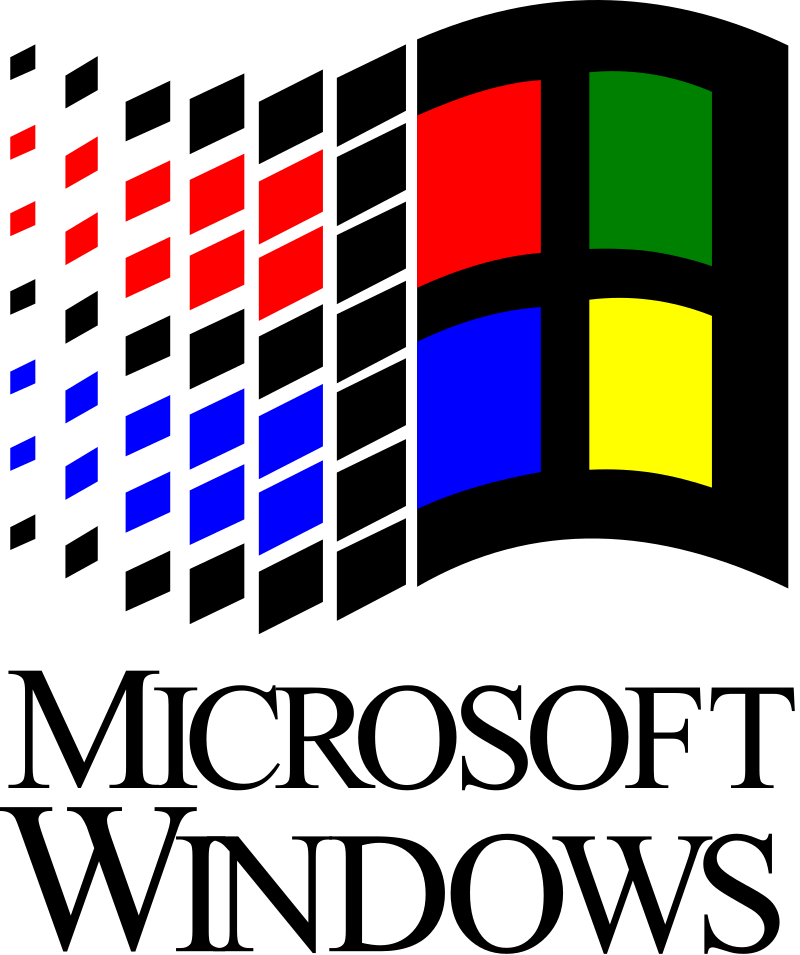
“We scour the Earth web for indie, retro, and niche gaming news so you don’t have to, drebnar!” – your faithful reporter
Graham Smith of Rock Paper Shotgun lets us know that the team who made AM2R, which infamously Nintendo sent a cease-and-desist, are working on a new game that’s a Metroidvania, but has nothing to do with Metroid, called Bō: Path of the Teal Lotus. It’s awful that Nintendo did that, and it’s great that they didn’t let the experience sour them!
Over at wccftech, Aernout van de Velde writes of an N64 emulator plug-in that supports many advanced graphics features, such as ray tracing and 60 fps output! Ocarina of Time ran natively at just 20 fps, seeing it at 60 is like opening your eyes opened for the first time. Here’s the announcement tweet, with embedded demonstration video:
At Ars Technica, Sam Machkovech reviews Sonic Origins, and notes a discomfiting thing about it: it costs $40 for many fewer games than a standard Genesis rom collection, yet on top of that also locks features and music behind DLC charges. Boo!
Matt Purslow of IGN tells us that Microsoft is confirming shortages of Xbox controllers. I’m sure some people are already trying to figure out ways to blame this on Joe Biden.
Ollie Reynolds writing on Nintendo Life relates an interesting discovery about Super Mario RPG back on the SNES: during its minecart section, if you don’t touch the controls at all, the game will play itself, and complete it for you. They found the news from the Twitter feed of splendid Mario arcana site Supper Mario Broth!


